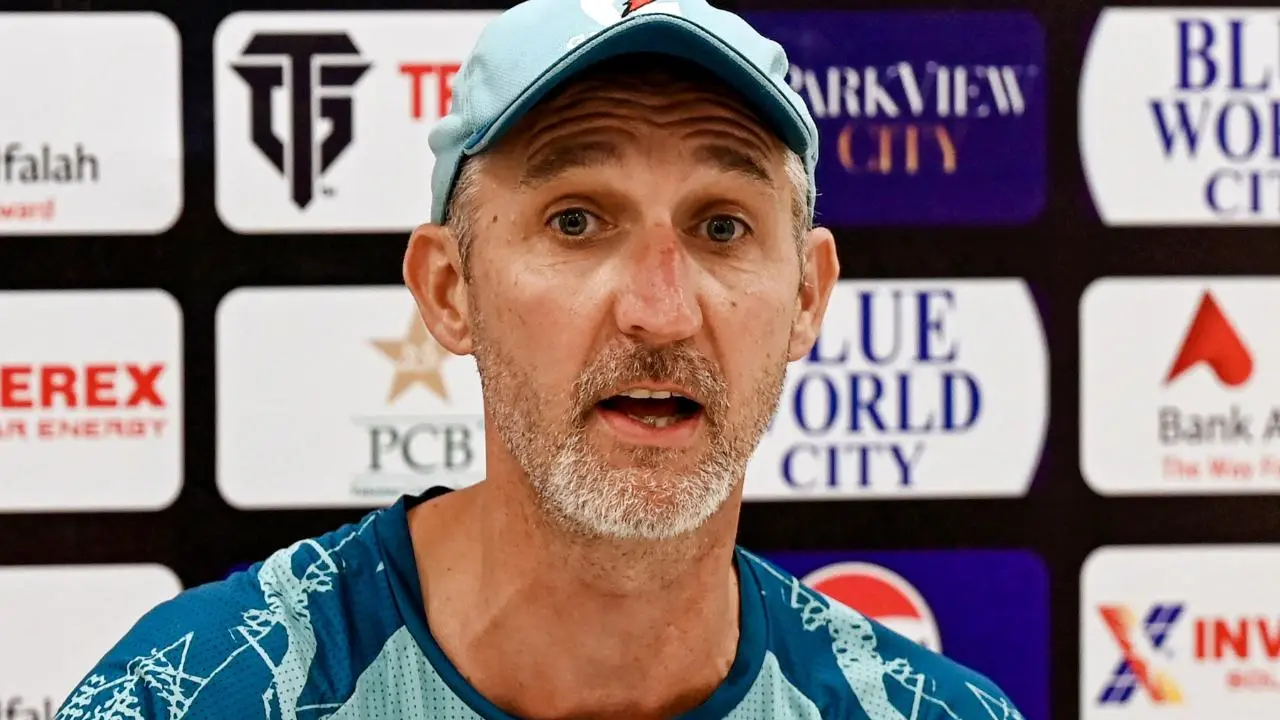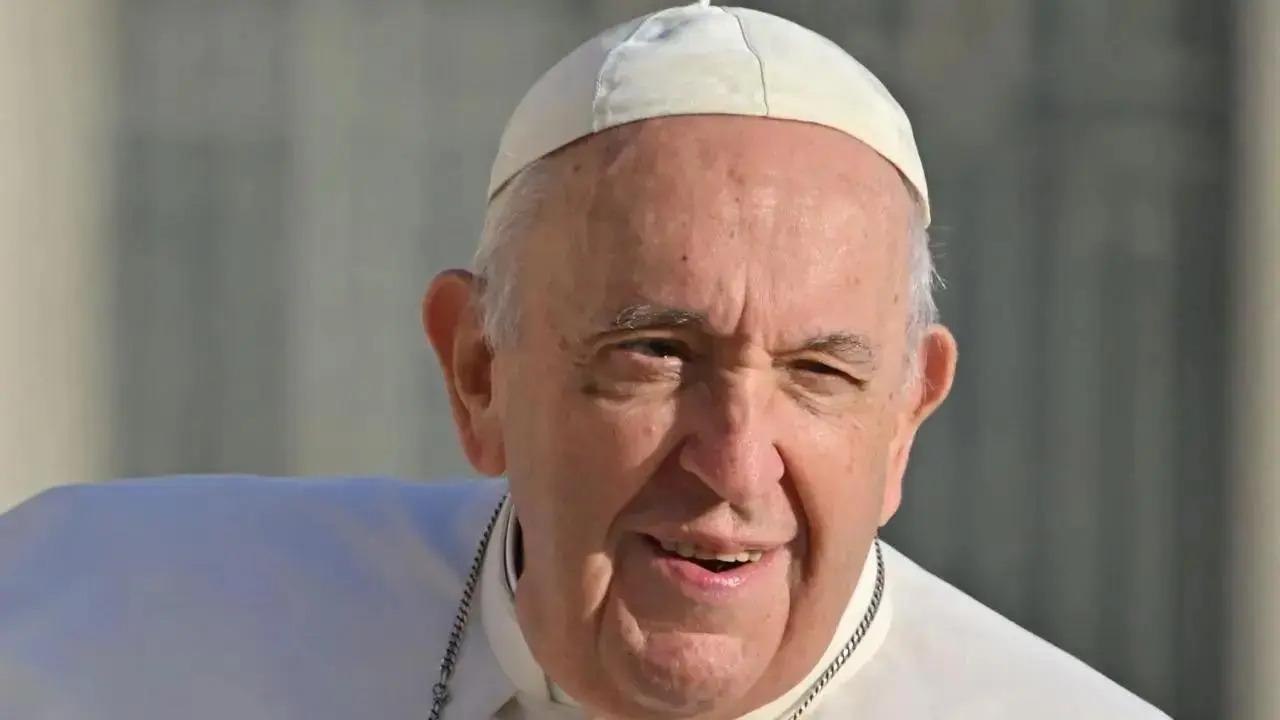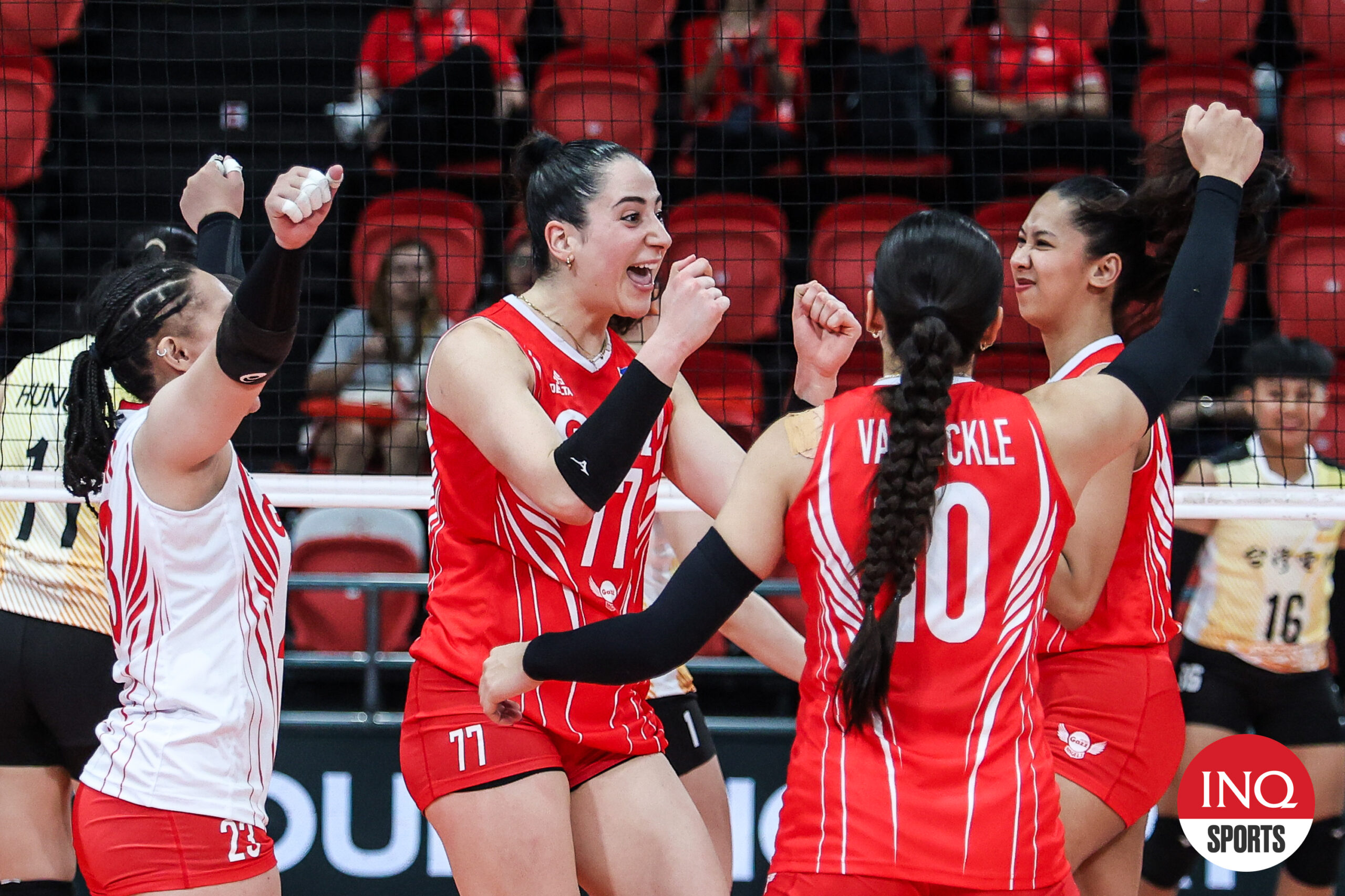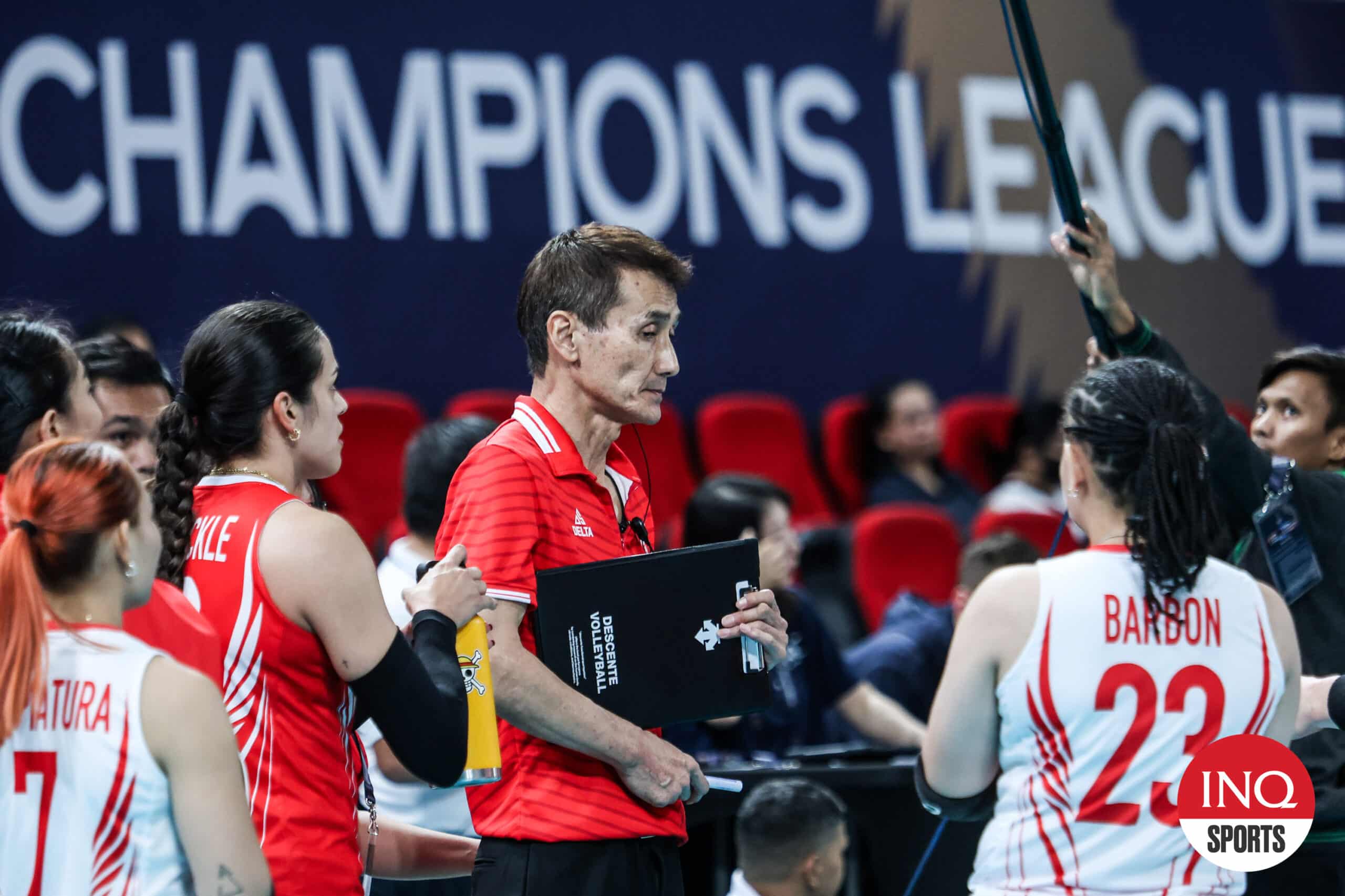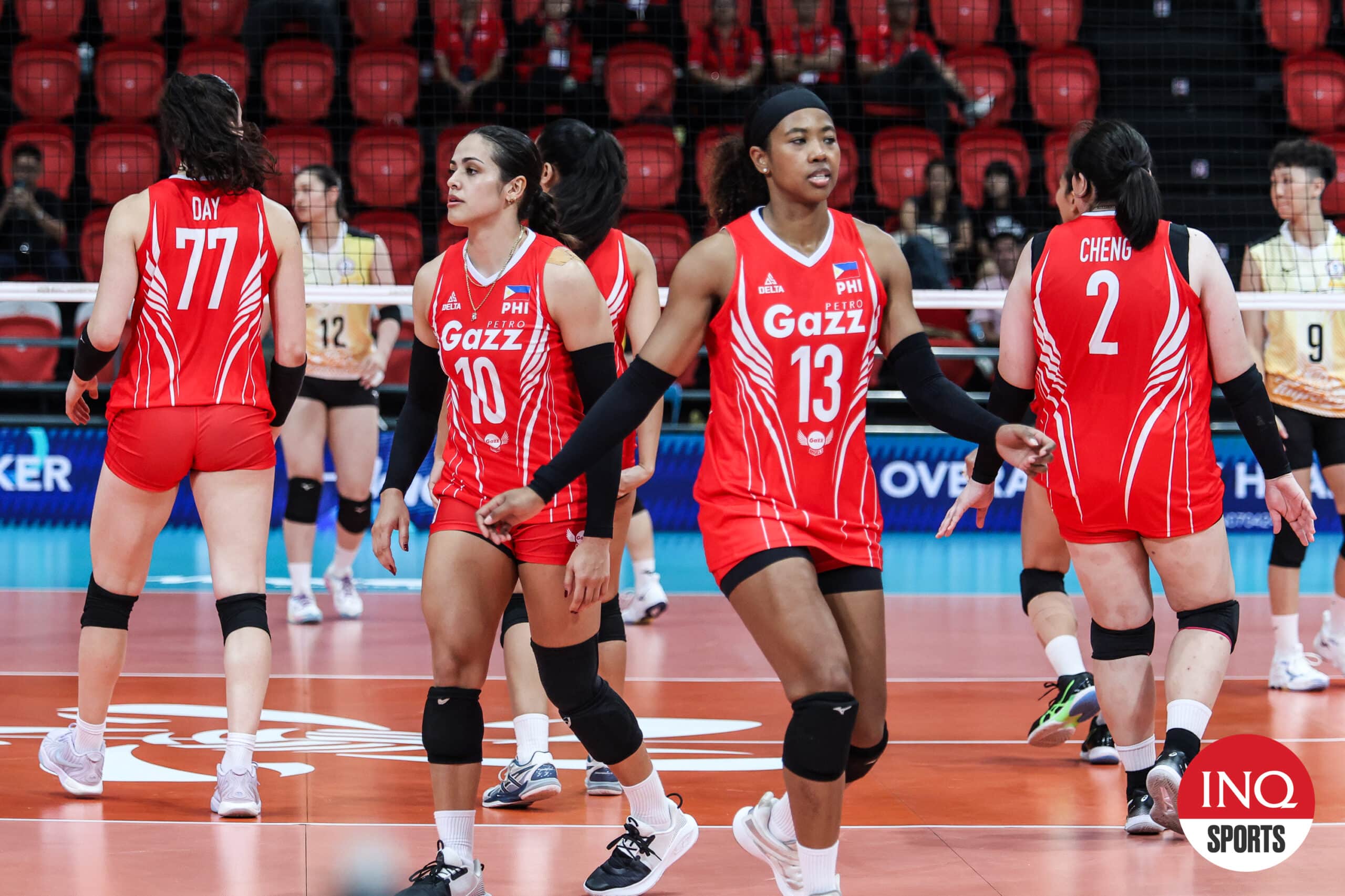No playoff contender is perfect. Every single team has a reason to be hopeful this spring. But all 16 teams have red flags casting doubt over their chances — whether it’s due to their roster strength, recent play, injuries or path forward.
After looking at the Eastern Conference on Tuesday, it’s time to shift West. Advertisement The playoff picture is almost set. The Blues essentially ended the wild-card race with an 11-game win streak.

As teams jostle for position within those eight seeds, let’s take a look at what is working for these Stanley Cup hopefuls and what might hold them back. Central Division Reason for hope: Connor Hellebuyck is playing on another level this season. Through 60 games, he has saved a league-leading 45 goals above expected (third in the analytics era).
The Jets are still leaning on him heavily, but his workload within those games has been eased. Hellebuyck is facing fewer shots (41 unblocked per 60 minutes of play, the lowest since his rookie season) and scoring chances (2.77 expected goals against, the lowest rate since 2017-18) thanks to improved team defense.
The Jets are one of the best defensive teams in the league. They are super stingy in shots and chances against and do a great job breaking out of their own zone. Pair that stout defense with a solid offense, and the Jets are a contender to watch.
At the top of the lineup, there is a lot of balance between Mark Scheifele and Kyle Connor, who are both top 10 in goal scoring. The impending returns of Gabriel Vilardi and Nikolaj Ehlers will help spread the wealth across the top six. Reason for concern: The Jets unraveled last year in Round 1.
This group has to prove it has the chops to improve when it matters most. That is especially true for a couple of players, like Ehlers, whose regular-season success hasn’t translated into the playoffs. As for Hellebuyck, the question is whether the pressure or his workload has gotten to him — the latter seems to be the best explanation at this point.
So, while the team’s defensive efforts have eased his workload within games, he has still played 77 percent of the Jets’ games this year. Advertisement The other concerning element is the Stars are creeping up the standings behind Winnipeg, which makes Thursday’s matchup all the more important. If the Stars steal the top seed, the Jets will have to face the Avs for the second straight year.
Reason for hope: The Stars had one of the deepest forward groups before adding Mikko Rantanen; now, this group is stacked with three scoring lines that make this a top-five offensive team at five-on-five. Rantanen helps take some of the pressure off Jason Robertson. Wyatt Johnston is a rising star who adds a lot of versatility to the top nine.
And Tyler Seguin is getting closer to returning, which would reunite a second line with Mason Marchment and Matt Duchene, who crushed it in his minutes earlier this season with a 61.6 percent expected goal rate and a 14-6 scoring edge. On the back end, Thomas Harley has stepped up in Miro Heiskanen’s absence.
Jake Oettinger has rebounded to form as a true No. 1 goalie with a 0.91 save percentage and 26 goals above expected.
While the Stars are currently slated to face the Avalanche in Round 1, there is a path to the top seed. Then, Dallas would instead play either St. Louis or Minnesota, which would be a more favorable path.
Reason for concern: The right side of the Stars’ blue line is completely exposed without Heiskanen. Cody Ceci is out of his depth playing matchup minutes. Ilya Lyubushkin is unfittingly on the top pair.
And at least one of Matt Dumba or Brendan Smith has to be deployed on the third pair. It is a key reason why the Stars have dropped to second last in the league in expected goals against at five-on-five since the 4 Nations Face-Off. While this team is still winning despite some of its underlying numbers, it could burn in the playoffs.
Heiskanen is expected to return this postseason (depending on how deep the Stars go), but there isn’t any certainty on whether he will be available for Round 1. That could be a back-breaker because a Heiskanen-less blue line may not be able to contain Colorado’s speed. Reason for hope: Nathan MacKinnon and Cale Makar are game-breakers.
MacKinnon is in the midst of another MVP-caliber season; he is a force that few manage to contain, let alone shut down. Makar is on his way to another Norris Trophy thanks to his elite all-around game. Advertisement As a result of several in-season moves, the duo has the support to round out this roster.
That was a clear weakness to open the season, which was further strained by key injuries to/absences from Artturi Lehkonen, Jonathan Drouin and Valeri Nichushkin. Martin Necas is a zone-entry machine who fits seamlessly in Colorado. Brock Nelson’s two-way game elevates the 2C position.
Charlie Coyle and Jack Drury strengthen the bottom six and the penalty kill. Ryan Lindgren adds some sandpaper to the third pair. Mackenzie Blackwood and Scott Wedgewood have stabilized the goaltending.
And there could still be another boost on the way if Gabriel Landeskog can make his return to play. He is currently on a conditioning stint with the Eagles , a positive sign on his long road back. Reason for concern: The Avs haven’t been able to ice a completely healthy lineup often this season.
Necas, Drouin, Ross Colton, Sam Girard and Josh Manson are all sidelined. Landeskog is still a wild card for the playoffs, and even if he does return, it’s not clear what his level will be after missing two full seasons. The most concerning is that the Avs are locked into a tough matchup no matter how the playoff picture shakes out and will likely be without home-ice advantage.
For all their flaws, the Stars are still one of the best teams in the league. Dallas could end Colorado’s season for the second straight year, just one round earlier. That would be a serious disappointment for a team that invested a lot in this season’s roster.
Pacific Division Reason for hope: This is a deep, well-rounded team with a lot of strengths. Vegas’ blue line, led by Alex Pietrangelo, Shea Theodore, Noah Hanifin and Brayden McNabb, is one of the best in the NHL. Collectively, the six-man defensive unit boasts a tantalizing combination of size, defensive IQ, mobility and offensive talent.
Advertisement The Golden Knights should be a very tough team to score against in the playoffs when you couple that high-end blue line with Bruce Cassidy’s stout defensive system and structure. Vegas is also an upper-echelon team offensively. Jack Eichel is having the best year of his career and can go toe-to-toe with any superstar in the league.
The Golden Knights’ power play ranks second-best in the NHL this season. Their forward depth is excellent; Vegas is projected to finish the year with six 20-goal scorers and 12 forwards who will hit at least 12 goals. The Golden Knights are more dynamic offensively than last year — they rank fourth-best at generating shots and seventh-best at generating expected goals at five-on-five, compared to 12th and 15th in those respective categories in 2023-24.
And the key is they’ve done it without sacrificing their elite defensive chops. By the eye, they look faster in transition and more dangerous attacking off the rush. Reason for concern: There honestly aren’t a lot of flaws here, but Vegas’ penalty kill stands out as a key area that needs to be fixed.
The Golden Knights’ PK ranks in the bottom third of the league and has been especially woeful down the stretch, killing off just 71.2 percent of power plays since Feb. 1, which ranks 30th in the NHL.
The PK is a worry in a potential Round 1 matchup with the Blues, who have one of the hottest power plays in the NHL. And even if Vegas advances past St. Louis, it doesn’t get any easier because Edmonton could be waiting in Round 2, and we all know what kind of damage the Oilers’ power play can do.
Reason for hope: The Kings have been elite defensively for years and this season is no different, but the big question has always been whether they have enough offensive oomph to get past the Round 1 hurdle against Edmonton. Advertisement There’s genuine reason to believe this year could be different, and a lot of it comes down to Quinton Byfield’s recent surge. Byfield has taken off with 25 points in his last 28 games.
He’s elevated Kevin Fiala, who has caught fire with 14 goals in his last 28 games after a mostly underwhelming campaign. That new dynamic top-six duo has catapulted the Kings’ offense to 3.25 goals per game since Feb, 1, which ranks top 10 in the NHL.
L.A. has the best record in the Pacific Division in that timeframe.
Darcy Kuemper’s excellent play in net is another potential X-factor. The 34-year-old has saved 29.3 goals above expected this season, which ranks third-best among all goaltenders, behind only Hellebuyck and Andrei Vasilevskiy.
This could be a game-changer for the Kings, who’ve mostly had mediocre goaltending in the post-Jonathan Quick era. Between Byfield’s breakout/the surging offensive attack, the sizable goaltending edge and potential home-ice advantage (L.A.
has the best home record in the NHL), the Kings have a fighting chance against an Oilers team that isn’t exactly firing on all cylinders heading into the playoffs. Reason for concern: They’ve lost to the Oilers three consecutive times in the first round and are staring at another rematch. Connor McDavid and Leon Draisaitl have consistently proven they can pick L.
A.’s typically stingy defensive structure apart. Edmonton’s special teams advantage, in particular, is massive.
The Oilers’ power play dominated last year’s series, despite the Kings owning the second-best PK during the 2023-24 regular season. L.A.
’s power play is clicking at just 15.9 percent this season, too, which ranks bottom five in the NHL. And even with Byfield’s recent breakout, the Kings have fewer game-breaking offensive stars than most contenders in the West.
Advertisement Reason for hope: No matter how many question marks this roster might have, the fact remains that Nos. 97 and 29 can single-handedly win playoff series on their own. McDavid has a ludicrous 95 points in 53 games over his last three postseason runs, and Draisaitl isn’t far behind with 81 points.
No other contender has a cheat code like this. Jake Walman has been an excellent fit in the Oilers’ top four (eight points in 15 games and dominant underlying numbers). With him, Evan Bouchard, Mattias Ekholm (once he returns to the lineup), Darnell Nurse (who’s had a bounce-back season) and Brett Kulak, Edmonton’s blue line looks much stronger than last year.
Overall, the Oilers are one of the best play-driving teams in the NHL, ranking top five among all teams at controlling five-on-five shot attempts and expected goals this year. Couple that even-strength success with the sky-high ceiling of their special teams and you’ve got a dangerous formula. Reason for concern: Edmonton proved last year that it could make a Cup run with average goaltending, but will Stuart Skinner even give them “average” this year? The streaky 26-year-old has slumped to an .
894 save percentage, the worst of his NHL career, in 2024-25. The Oilers have been inconsistent over the last couple of months, sporting a 12-13-1 record since Feb 1. That’s tied with Minnesota for the worst points percentage among playoff teams in that time frame.
McDavid, Draisaitl and Ekholm have missed chunks of games in March. They’ll surely return to the lineup for the playoffs (and McDavid already returned on Wednesday against the Blues), but the bigger question is whether they will feel 100 percent healthy and can perform to the absolute peak of their potential, or whether it’ll hinder their performance. McDavid, in particular, has logged a lot of hard miles between last June’s Cup run and the 4 Nations Face-Off, and strangely hasn’t performed at an MVP level this year.
Advertisement Up front, Edmonton’s secondary scoring beyond McDavid and Draisaitl isn’t very deep, either. Wild card Reason for hope: St. Louis has the best record in the NHL since Feb 1.
It’s helped that the club has had a favorable second-half schedule, but it has also beaten legit contenders. Since the 4 Nations break, the Blues have played the red-hot Avalanche three times and have beaten them in regulation on all three occasions. They played the Kings three times in early March and collected five of six possible points.
Up front, the Blues’ top six is firing on all cylinders. Everybody is contributing, but Robert Thomas is especially playing at a superstar level, with 40 points in his last 27 games. The power play has been clicking at an elite rate over the last couple of months.
Since Jim Montgomery was hired in late November, St. Louis has become an excellent defensive team with sparkling underlying numbers. Montgomery’s group has gone on a heater despite missing Colton Parayko for the last month (shout out to Cam Fowler).
Parayko will likely be back by the playoffs, giving the club a massive boost. Jordan Binnington is heating up at the perfect time, too, as he’s recorded a .917 save percentage since 4 Nations.
Reason for concern: Will Dylan Holloway be healthy and productive for the playoffs? The 23-year-old breakout star got injured last week against the Penguins and is considered week to week . The 20-year-old Jimmy Snuggerud has arrived after lighting up the NCAA, so perhaps he can mitigate some of the offensive loss. Holloway missing part of the first round or playing far below 100 percent health would be a huge blow because he’s arguably been the Blues’ second-best forward this year.
Like every other Western contender, the Blues’ path to a deep run won’t be easy. St. Louis will likely face off against an elite Vegas side in Round 1.
The Golden Knights will be a very tough out for any team. Advertisement Reason for hope: The Wild’s reinforcements could not have come at a better time. On Wednesday against San Jose, Minnesota got back its No.
1 winger, Kirill Kaprizov, and top center, Joel Eriksson Ek. Kaprizov has played just three games since the holiday break in late December. Before his injury, he was electric and a front-runner in the Hart Trophy conversation.
Eriksson Ek has been out for about two months; his frustrating two-way game was missed in all situations. Having those two back helps reset the depth chart; everyone moves back into more fitting capacities and roles below Kaprizov and Eriksson Ek. And they should have support behind them.
Boldy has been excelling, with 10 points in his last 10 games. Marcus Foligno has been providing steady depth in the middle six, too. The Wild may have slipped down to the eighth seed, but that they have stayed in playoff position despite key injuries is encouraging.
The odds are in Minnesota’s favor to maintain the eighth seed despite the Flames’ late-season push. And no matter what happens from here, this team is well-positioned for next season. Reason for concern: Kaprizov’s and Eriksson Ek’s returns may not be able to stave off another Round 1 exit.
Outside of a gusty overtime win over the Stars last Sunday, the Wild have had some concerning outings lately. The Stars and Golden Knights crushed them in late March, and the Devils handed them another two losses. The New York swing against two subpar teams was another red flag.
Brock Faber and Jonas Brodin weren’t at their best, and the team’s offense disappointed. The latter has been a trend since 4 Nations; the Wild are bottom four in five-on-five expected goal generation since the break and are dead last in scoring with just 1.4 goals per 60.
And while Minnesota did pick up the pace offensively against the Sharks on Wednesday night, the team was leaky in its own zone in a matchup that, on paper, should not have been this close. — Data via Evolving-Hockey , HockeyViz , HockeyStatCards , All Three Zones and Natural Stat Trick . This story relies on shot-based metrics; here is a primer on these numbers (Top photo of Kirill Kaprizov and Connor Hellebuyck: Nick Wosika / Imagn Images).
Sports

Why NHL Western Conference playoff teams have reason to hope — and panic

As the Western Conference playoff race shapes up, what are the strengths and weaknesses of the eight teams?










